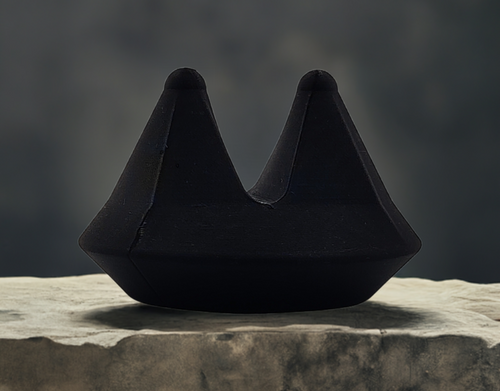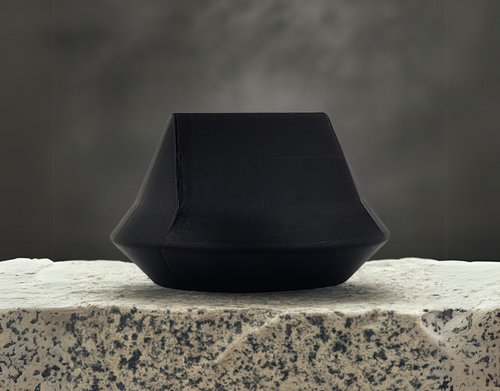Migraine medication – simple or complicated?
Migraine treatment is mainly based on medication for attack and prevention. When a single attack medication or at most one attack medication is used, things are usually simple. Some migraine sufferers cannot use specific migraine medications either due to side effects or because of other illnesses. If more than one attack medication is needed, for example a specific migraine medication, an anti-nausea medication, an anti-inflammatory medication and paracetamol, drug interactions begin to arise. Drug interactions are often found with prevention medications, and this applies especially to the new anti-CGRP drugs in tablet form.
Medication-induced headache and limits of use
In addition, seizure medications carry a risk of medication-induced headaches if used excessively. If you are using regular anti-inflammatory drugs or paracetamol, you should not use them for more than 14 days in a month. For migraine-specific medications, i.e. triptans, the limit is stricter, as the number of days used should be less than ten per month. Hopefully, no one will use opiates (e.g. codeine) to treat migraine attacks anymore.
Why medical devices?
The upper neck and trigeminal nerve connection – how Atlas Care can help

Markku Nissilä, neurology specialist





